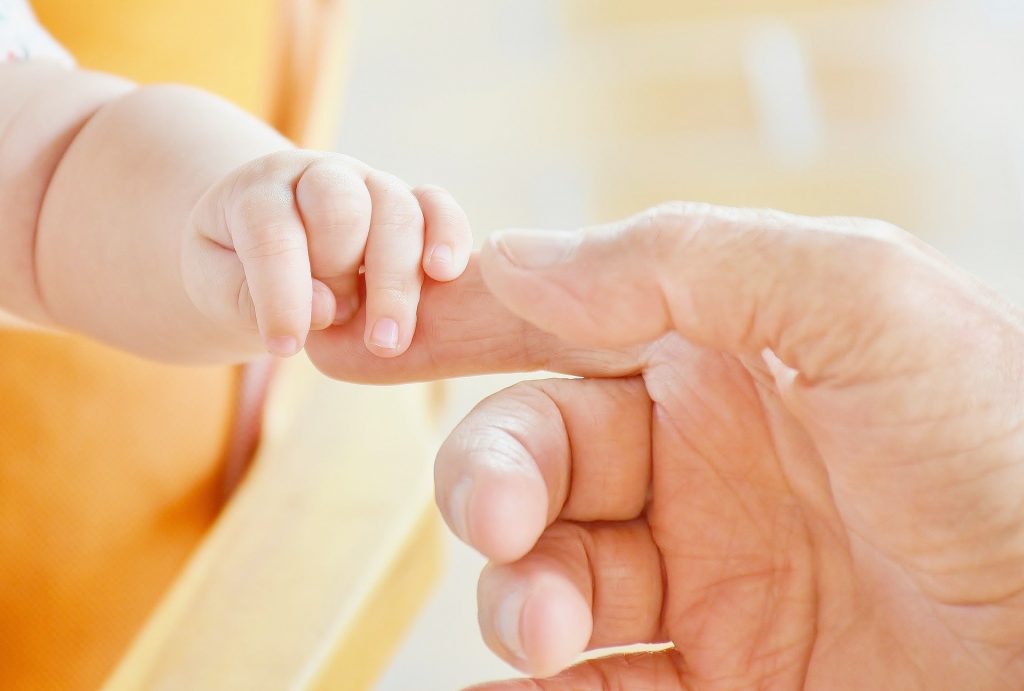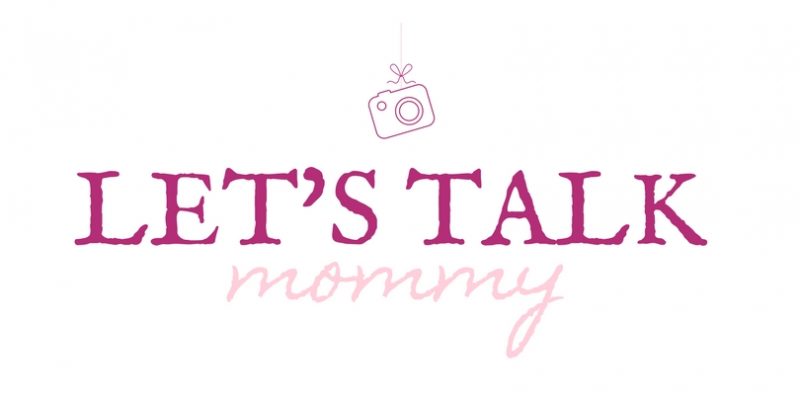
When a baby is born, it should be one of the happiest moments of a mother’s life. Unfortunately, unexpected complications can arise,which cast a shadow over this joyful time. Birth paralysis is a complex condition that can have a huge impact on both the life of a child and their family. Here’s a short guide about birth paralysis, what can cause it, and how to manage it.
What is Birth Paralysis?
Birth paralysis is when a newborn baby has a loss of control and strength in a muscle of a group of muscles, and it can occur anywhere in the body. Nerve cells deliver signals to the brain for parts of the body to move, and birth paralysis is often caused by issues in the nerve cells that run from the body part where the muscles are affected to the brain and back. There are several types of paralysis, and the severity can vary considerably.
Types of Birth Paralysis
Complete paralysis is when it is impossible to move the muscles.
Partial paralysis is sometimes referred to as paresis and it is when there is some muscle control.
Permanent paralysis is when muscle control can never be regained.
Temporary paralysis is when muscle control can be regained completely or in part.
Flaccid paralysis is characterized by the reduced muscle tone.
Spastic paralysis is when the muscles jerk, and are hard and tight.
Paralysis can occur in localized areas of the body, like just the hands or just the feet. Generalized paralysis often depends on where the spinal cord or brain is injured and is grouped by how widespread it is in the body. For instance, monoplegia is when only one limb is affected while paraplegia is when the body is affected from the waist down.
What Causes Birth Paralysis?
Finding out the cause of birth paralysis will help you understand how to approach the condition and get your baby the right care. It can be caused by genetic conditions, but it can also be caused by conditions such as maternal diabetes, or by injury during the delivery of the baby. For instance, the use of vacuum extraction or forceps, and prolonged delivery could all contribute to paralysis caused by birth injury. Injury to the nervous system, spinal cord, or the brain could occur when excessive force is exerted during a difficult birth during the birthing process. The baby’s size can also be a contributing factor.How is Birth Paralysis Treated?
Getting an early diagnosis will help to ensure that your baby is taken care of properly and is given a unique treatment plan specific to their condition. Birth paralysis can be managed with medical interventions and support from specialist medical professionals. Physical therapy can also help improve range of motion, coordination, and muscle strength. It’s important to listen to your healthcare provider’s advice regarding therapy in order to achieve the best outcome for the baby. In some instances, surgery may be suggested to restore function.
*collaboration






